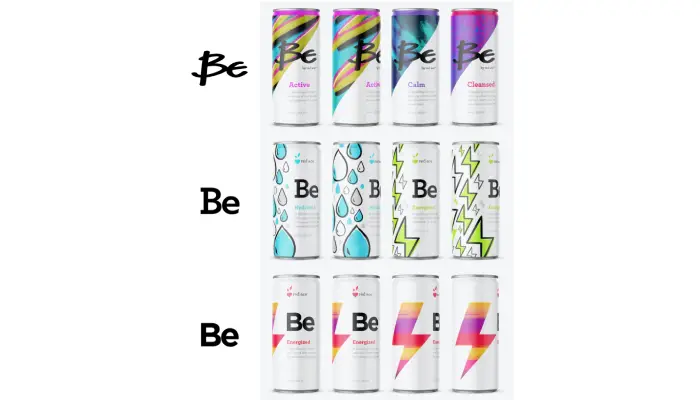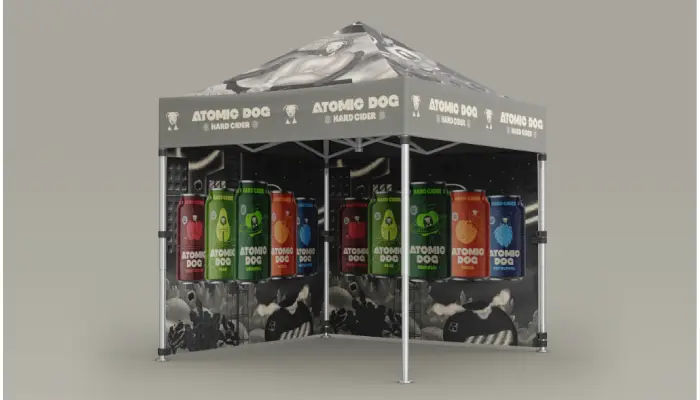In today’s fast-paced digital ecosystem, businesses need more than just clever slogans and eye-catching graphics to grow. They need data—and not just data, but the strategic use of it. This is where a growth marketing agency becomes a powerful partner. Unlike traditional marketing that often focuses solely on top-of-the-funnel awareness, growth marketing relies on measurable outcomes, data-driven experimentation, and iterative optimization across the entire customer journey.
Let’s dive into how data fuels growth marketing success and why choosing the right agency that understands data can be the difference between stagnant numbers and scalable growth.
What Is Growth Marketing?
Before we unpack the role of data, it’s essential to understand what growth marketing actually is. Growth marketing is a methodology that focuses on full-funnel marketing strategies—everything from acquisition to retention. It’s iterative, analytical, and often experimental.
While traditional marketing might aim to increase brand visibility, a growth marketing agency looks at metrics like:

- Customer acquisition cost (CAC)
- Customer lifetime value (CLV)
- Conversion rates
- Retention and churn rates
- Revenue growth per user
And at the heart of all this? Data.
The Data-Driven Mindset
A growth marketing agency thrives on data because it informs every decision. Whether it’s A/B testing an email campaign or tracking user behavior on a website, data reveals what’s working, what’s not, and what could be.
Key Components of a Data-Driven Approach:
- Customer Segmentation
Data allows marketers to segment their audience into meaningful groups based on demographics, behavior, location, and more. A growth marketing agency uses this segmentation to tailor campaigns, increasing relevance and boosting engagement. - Attribution Modeling
Knowing where your leads are coming from (Google Ads, organic search, email campaigns, etc.) is critical. Attribution models help determine which channels deserve the most credit and investment. - Behavioral Analytics
Tools like Google Analytics, Hotjar, and Mixpanel help agencies understand how users interact with a brand. For instance, if a user drops off before completing a purchase, the agency can optimize that specific touchpoint. - Performance Dashboards
Growth marketers rely on real-time dashboards that display campaign performance, customer insights, and predictive trends. This helps in making agile marketing decisions backed by actual numbers.
How Data Powers Each Stage of the Growth Funnel?
Acquisition
Data helps identify the best-performing channels and target audiences. Whether it’s Google Ads, SEO, or influencer campaigns, a growth marketing agency uses data to:
- Optimize ad spend
- Choose high-performing keywords
- Personalize landing pages based on user intent
- Increase click-through rates (CTR)
Activation
Once users are on your site or app, the focus shifts to engaging them. Through A/B testing and behavioral analytics, agencies test everything from CTAs to layouts to headlines to improve user experience.
Retention
It costs more to acquire new customers than to keep existing ones. Data helps identify:
- When and why customers churn
- Which features or benefits keep them engaged
- Opportunities for upselling or cross-selling
Referral
Growth marketers use data to fuel referral loops. By tracking which users refer others and what incentives work best, agencies can create viral campaigns that amplify reach at a low cost.
Revenue
Data helps identify high-value customer segments and buying patterns. With this information, agencies can optimize pricing strategies, subscription models, and personalized offers to increase revenue.
Tools a Growth Marketing Agency Uses to Harness Data
A top-tier growth marketing agency won’t rely on guesswork. Instead, they leverage cutting-edge tools to analyze and act on data:
- CRM Systems (e.g., HubSpot, Salesforce): For managing customer relationships and lifecycle data.
- Analytics Platforms (e.g., Google Analytics, Mixpanel): To track user behavior and engagement.
- Marketing Automation Tools (e.g., Mailchimp, ActiveCampaign): To segment and personalize marketing at scale.
- Data Visualization Tools (e.g., Tableau, Looker): To present actionable insights in an easy-to-understand format.
- A/B Testing Platforms (e.g., Optimizely, VWO): To run experiments and validate marketing hypotheses.
Case Study: Real-World Data-Driven Growth
Let’s say a SaaS company partners with a growth marketing agency to increase monthly sign-ups. Here’s how data drives the process:
- Initial Audit
The agency reviews current metrics: bounce rate, conversion rate, time on page, etc. - User Journey Mapping
Using tools like heatmaps and session recordings, they understand how users navigate the site. - Hypothesis & Testing
They hypothesize that simplifying the signup form will boost conversions. An A/B test confirms the theory with a 20% lift. - Campaign Optimization
Using attribution data, they shift budget from underperforming channels to high-ROI ones like paid search. - Retention Analysis
They identify that users who interact with a certain feature in the first week are 3x more likely to retain, so they build an onboarding campaign around that feature. - Result
The company sees a 35% increase in signups and a 20% improvement in retention—all driven by data.
Conclusion
In today’s hyper-competitive landscape, relying on gut feeling or vanity metrics won’t cut it. A data-driven approach is no longer optional—it’s essential. And this is where a growth marketing agency becomes invaluable. With the right data, strategy, and execution, they don’t just help you grow—they help you scale intelligently.
Whether you’re a startup aiming for rapid user acquisition or an established business looking to optimize your customer lifetime value, partnering with a data-savvy growth marketing agency can be your ultimate catalyst for success.

Fran Bullock, a literary explorer rooted in the charm of England, unearths stories that resonate with the echoes of history. With a quill dipped in nostalgia, she pens tales that bridge the past and present, weaving narratives that captivate the soul.




